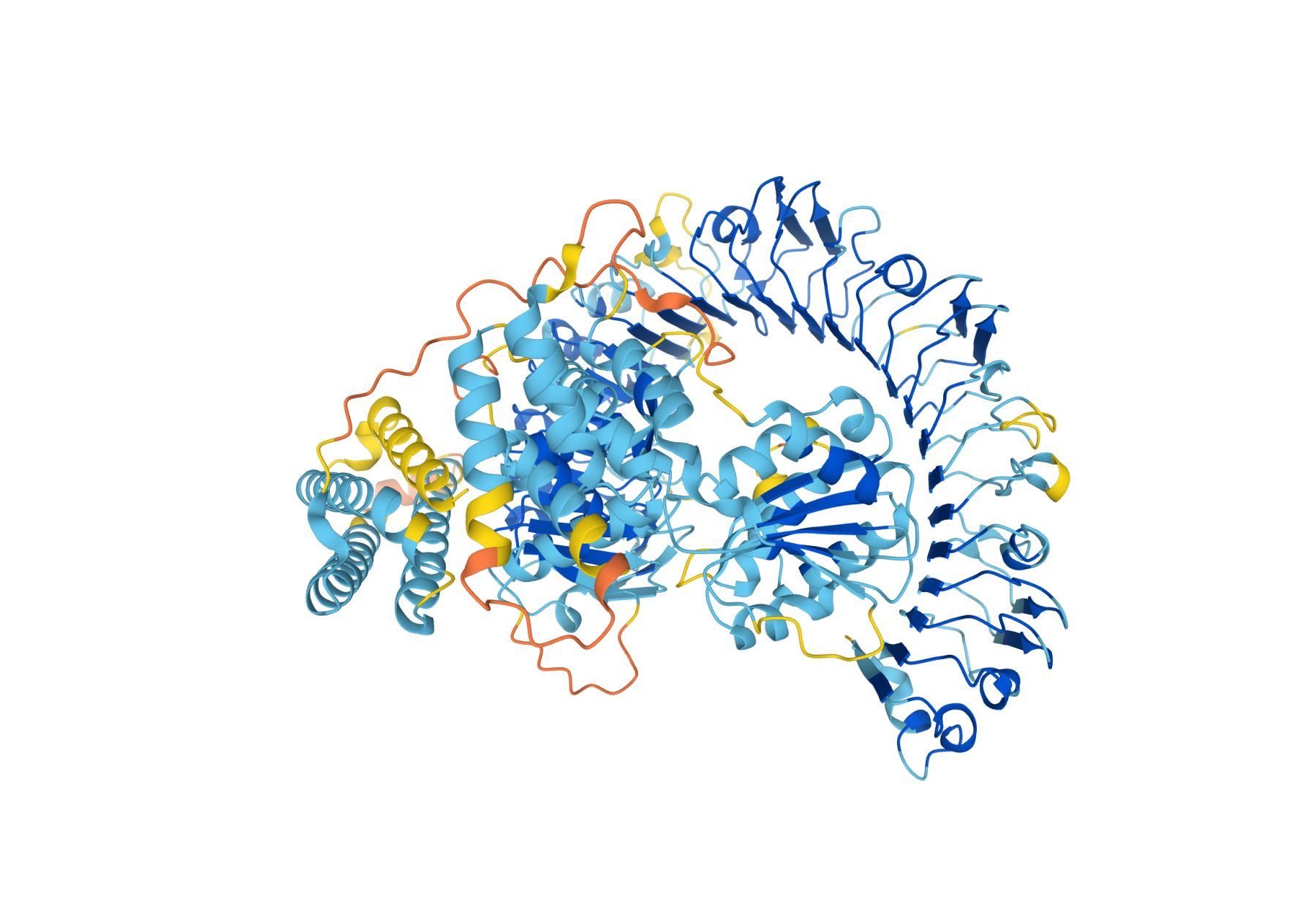
Experimental Evidences
| Definition | Quality of evidence | ||
|---|---|---|---|
| APPH | Binding of Purified Proteins | strong | In vitro transcription assay |
| BPP | Assay of Protein Purified to Homogeneity | strong | Footprinting assay (DNase I, DMS, etc.). Physical binding of the regulator to the regulated promoter proved by using footprinting assay |
| CHS | ChIP-seq | strong | Physical binding of the regulator to the regulated promoter proved by using electrophoretic Chromatin inmuno precipitation assay |
| IDA | Inferred from Direct Assay | strong | Inferred from direct assay |
| qRT-PCR | mRNA expression levels measured by qRT-PCR technique | strong | mRNA expression levels of regulated element measured and compared between wild-type and trans-element mutation (knockout, over expression etc.) performed by using qRT-PCR technique |
| OHRs | One Hybrid Reporter system | strong | Physical binding of the regulator to the regulated promoter proved by using electrophoretic mobility shift assay |
| PRM | Primer Extension Analysis | strong | Transcription initiation mapping (used in combination with transcript concentrations measurements to compare mutant vs wild type expression levels) |
| PROT | Proteomic studies | strong | Proteomics techniques. Regulated gene product concentrations measured and compared between wild-type and trans-element mutation (knockout, over expression etc.) |
| PDB | Protein structural determination | strong | The regulation is infered after the observation of protein structure |
| FURTA | Fur titration assayn | strong | |
| SM | Site Mutation | strong | Site-directed mutagenesis in the DNA binding site. A cis-mutation in the DNA sequence of the TF binding site interferes with the operation of the regulatory function |
| BCE | Binding of Cellular Extracts | weak | Electrophoretic mobility shift assays EMSA. Physical binding of the regulator to the regulated promoter proved by using electrophoretic mobility shift assay |
| GEA | Gene expression analysis | weak | LacZ-promoter fusion; Gfp-promoter fusion. Expression levels of LacZ- regulated promoter fusion measured and compared between wild-type and trans-element mutation (knockout, over expression etc.); expression levels of gfp-regulated promoter fusion measured and compared between wild-type and trans-element mutation (knockout, over expression etc.) |
| AS | Author Statement | weak | Traceable author statement to experimental support and associated with literature |
| IEP | Inferred from Expression Pattern | weak | Inferred from expression pattern |
| IMP | Inferred from mutant phenotype | weak | Inferred from mutant phenotype. A mutation of a transcription factor has a visible cell phenotype, and it is inferred that the regulator might be regulating the genes responsible for the phenotype |
| IGI | Inferred from Genetic interaction | weak | Inferred from genetic interaction. In vitro titration assay |
| RBM | Reaction Blocked in Mutant | weak | Reaction Blocked in Mutant |
| MIC | Microarrays | weak | mRNA levels of regulated element measured and compared between wild-type and trans-element mutation (knockout, over expression etc.) performed by using microarray (or macroarray) experiments. |
| RACE | High throughput transcription initiation | weak | High throughput transcription initiation mapping (used in combination with transcript concentrations measurements to compare mutant vs wild type expression levels) |
| 2D-PAGE | Polyacrylamide gel electrophoresis (PAGE) | weak | Two-dimensional gels |

About EnTRaF
The DNA-binding transcription factors (TFs) have a fundamental role to contend with environmental changes in all the organisms. These proteins affect gene expression positively and/or negatively depending on operator context and ligand-binding status. Prediction and characterization of novel TFs generally involve finding a function for a protein considering a reference dataset (golden standard), which include the information of well-annotated proteins with experimental evidence.
ENTRAF provides a centralized, web-based location to organize information about 1784 TFs with experimental evidence, from bacteria and archaea organisms, collected from Swissprot, PDB, RegulonDB, RegulomeDB, CollecTF, and DBTBS.
ENTRAF version 2.0 contains 2787 references associated with 1784 Transcription factors (TFs). From these, 1712 TFs have been characterized in 29 bacterial orders, such as Gammaproteobacteria, Bacilli, and Actinomycetota; and 72 TFs in ten archaeal orders, as Thermoprotei and Thermococci.

